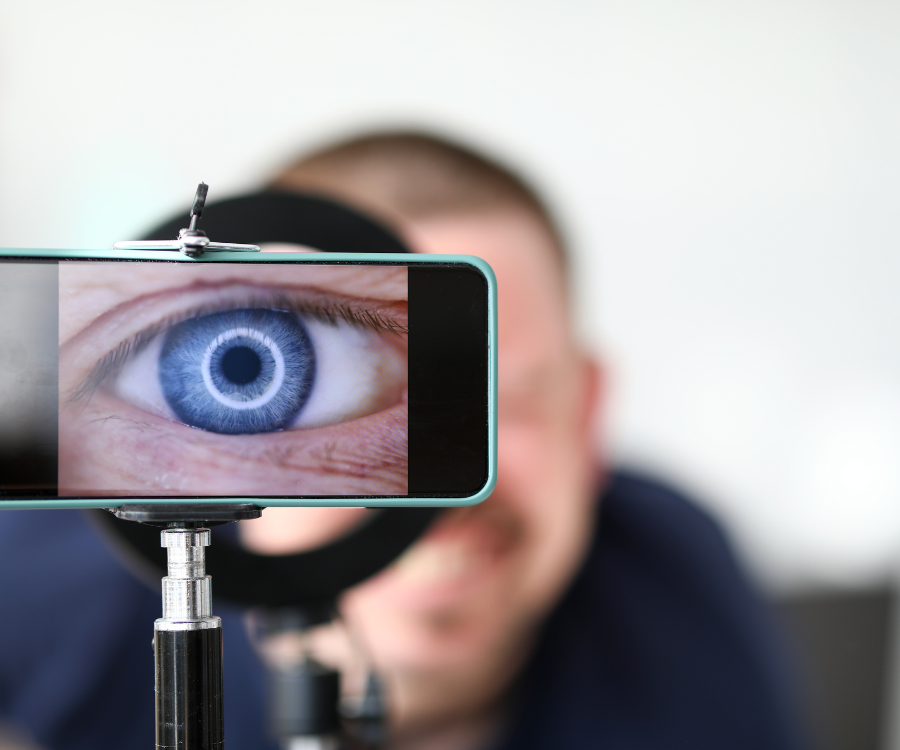Mystery: What Determines Eye Color?
Introduction:
The kaleidoscope of human diversity is often reflected in the intricate details of our physical appearance, and one such captivating feature is the color of our eyes. Ever wondered what determines the mesmerizing hues that gaze back at you in the mirror? In this blog post, we embark on a journey to unravel the fascinating genetics behind eye color and explore the science that paints our eyes in a spectrum of shades.
- Genetic Blueprint:At the core of eye color determination lies our genetic blueprint. The color of our eyes is primarily influenced by the amount and type of pigments present in the iris, the colored part of the eye. Two main pigments, melanin and lipochrome, play key roles in crafting the diverse palette of eye colors observed in humans.
- Melanin Magic:Melanin, the same pigment responsible for determining skin and hair color, is a major player in eye coloration. The amount and distribution of melanin within the iris dictate whether our eyes will be blue, green, hazel, brown, or variations in between. High melanin levels contribute to darker eye colors, while lower levels result in lighter shades.
- Inheritance Patterns:Eye color inheritance is a complex interplay of genes inherited from our parents. While once believed to follow a simple Mendelian pattern, where brown eyes were dominant over blue, contemporary research reveals a more intricate scenario. Multiple genes contribute to eye color, and the interplay of these genetic factors can lead to a wide range of eye colors within families.
- Variability and Ethnicity:The distribution of eye colors varies among different ethnic groups. For example, brown eyes are more prevalent in populations with higher melanin levels, such as those of African, Asian, and Hispanic descent. In contrast, individuals of European ancestry often exhibit a broader spectrum of eye colors, ranging from blue and green to hazel and brown.
- Environmental and Age Factors:While genetics lay the foundation for eye color, environmental factors and age can also influence how our eyes appear. Sun exposure, for instance, can cause a gradual darkening of eye color over time. Additionally, infants often undergo changes in eye color during their first year as melanin production in the iris continues to develop.
Conclusion:
In the intricate dance of genetics, our eye color emerges as a beautifully unique expression of our individuality. From the depths of our genetic code to the influences of environmental factors, the determination of eye color is a multifaceted process that adds to the rich tapestry of human diversity. Embracing the science behind eye color not only unveils the mystery but also fosters an appreciation for the incredible complexity that shapes our distinctive features.

